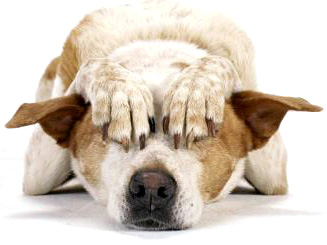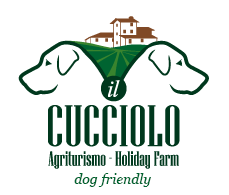 People are always asking me for advise at parties, or at the dog park when they discover that I am a dog trainer.
People are always asking me for advise at parties, or at the dog park when they discover that I am a dog trainer.
It is a little like being a doctor. It is surprising how many people have dogs that were taken from their mothers at way too young an age (younger than 6 weeks), and as a result are anxious personality types.
A puppy should stay with its mother and all its brothers and sisters until it is 11 weeks old and has passed the most important period of developments (the fear period) that all pups should go through at the breeders facility with its birth family, and can avoid those taxing emotions while trying to acclimate to your home with its strange new human family. She needs both her mom and her siblings so she can learn how to be social (siblings) and collaborative (mamma and siblings). When she comes home with you it is imperative that you continue the education her mother and siblings started. For this you will need a trainer with knowledge of how to live with a dog.
If your dog is anxious there are several things you can do, all of them helpful but some more than others. Here is a list in descending order:
- Provide a Den: This is crucial and easy to do for all pups, but also anxious dogs of any age. The Den should be a kennel box with a low, solid ceiling that closes her into a small space and gives her the feeling of being underneath and inside a hole. Like her birth place. This space has an incredible significance to a territorial animal like a dog. It is a gift that has a psychological value that cannot be underestimated. Yes, I know you, yourself, wouldn’t want to have to stay in a den so many hours every day, but you are not a dog and have different needs. You like high ceilings and large rooms, but these conditions ask too much of our puppies and can be burdensome while offering too many places to pee, poop, chew destructively, and investigate when she should instead be resting/sleeping, and learning to gnaw on her chew toy.
- Daily Exercise: Most anxious dogs need to walk further and longer than the average dog, so instead of 40 minutes every morning you should go upwards of 60 (to 90 if possible). But you must walk in the right way, on the leash, at your side, while you (not her) deciding everything. If you walk her the wrong way she will not release her anxiety during the walk and will instead return home even more desperate because the world is full of monsters to an anxious dog.
- DAP is Dog Appeasing Pheramones which are a synthetic version of how mama dogs smell to their pups. When you give this smell to a pup that was removed prematurely from its parent, it sooths her. Buy the spray bottle version and spray it into one of the far corners of her Den so she will be happy to be in it.
- Herbs such as chamomile and vervain are relaxing. Buy a mixture designed specifically for dogs to be safest.
- Bach Flower remedy are not so scientific but I have gotten some positive reports from the many clients to whom I have suggested their use. The cost is very low for a single, small bottle. You put a few drops in the water bowl whenever you fill it, and even if there is minimal help from the concoction, the owner is taking action which support them in feeling positive that change is coming.
If you follow these five steps it is almost certain that your dog will show significant improvement, but you must also see a dog trainer who knows how to get results with anxious dogs too. These actions on the owners part will make it possible to implement a new way of relating to the dog. A trainer can teach you that. Mind you not all trainers know what sort of changes to make in helping owners create the proper relationship with an anxious dog, so choose someone with experience in these matters.
